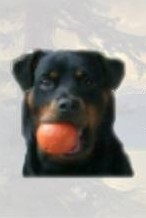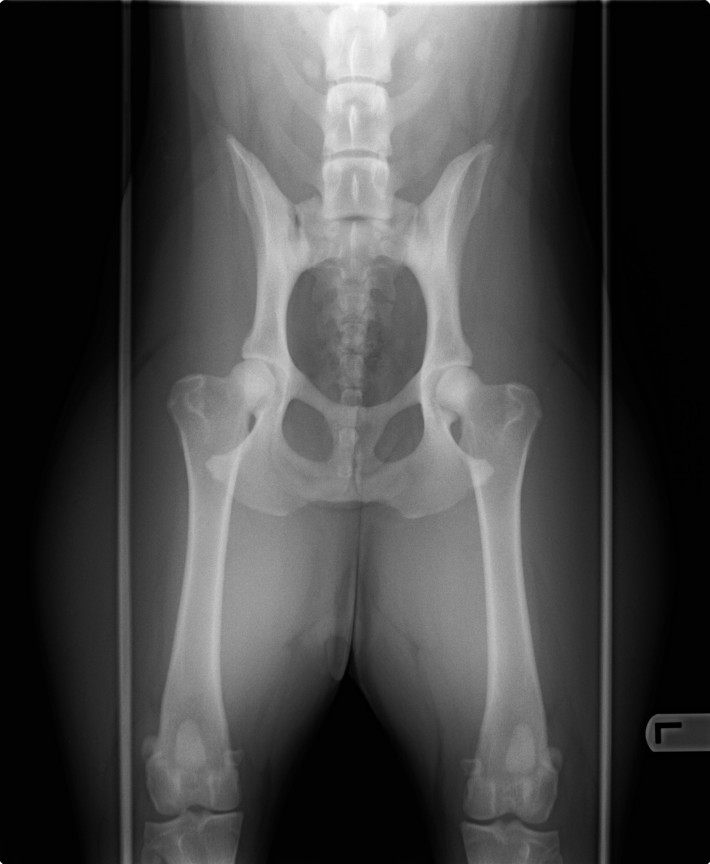 Home
Home
 Next Page
Next Page Home
Home
 Next Page
Next Page

| Breed | Rank | Evaluations | Normal | Excellent | Equivocal | Abnormal |
| ROTTWEILER | 41 | 106,054 | 81,392-76.7% | 9,283-8.8% | 2,190-2.1% | 22,470-21.2% |

 Our
Rottweilers
Our
RottweilersPast and present |
 Rottweiler
Info Rottweiler
Info about; JLPP; SAS; Embark; choosing a breeder; long coat; wire coat; red coat;purr/grumble; books;laws |
 Raising
Rottweilers Raising
Rottweilers |
 Bearded Rottweilers Bearded RottweilersBeards, Wire coat, Furnishing test |
 Red Rottweilers
Red RottweilersColor history, red and other "off" colors" |
 JLPP, LEMP, NAD JLPP, LEMP, NADInherited neurological diseases |
 Sub Aortic Stenosis Sub Aortic StenosisSAS in Rottweilers |
 Hip Dysplasia
Hip Dysplasia |
|
|
|
our multi breed
project tracking Distemper/ Parvovirus titers in our dogs |
|
OTHER INFORMATION
| History, Health stats, Insurance, etc |
Interest in breeding dogs? |
Written by Diane Richardson |
| How to use clicker training method |
Choosing a boarding kennel |
Our breedings past and future |
 Our Shiba Inu Past dogs |
 Bella's Page |
 |
| |
|


